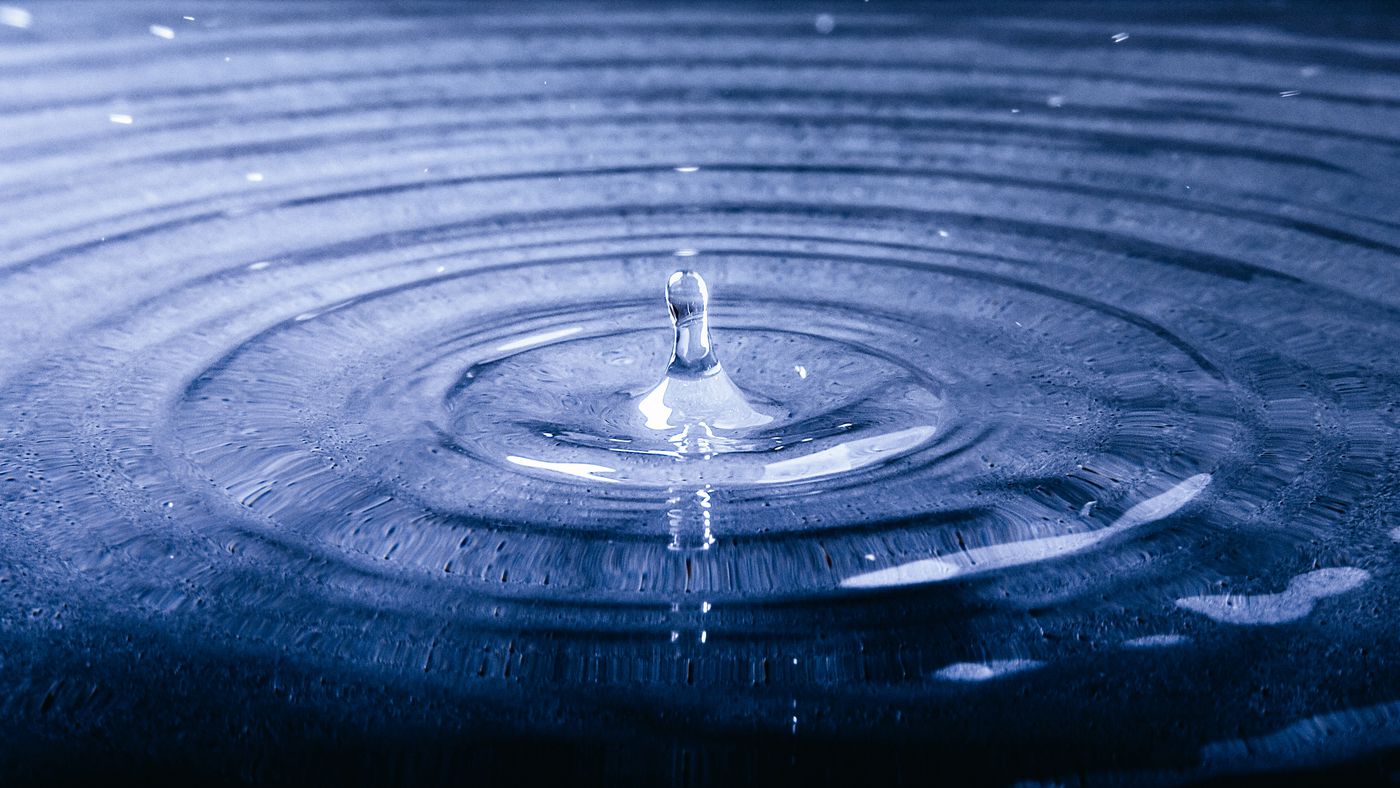One advantage of being a pool guy working at a Home Show is the opportunity to answer literally hundreds of questions about fiberglass pools.
It just so happens that most people have the same questions.
After attending dozens of such shows and fairs over the past ten years and answering literally thousands of these pool questions, I figured it would be beneficial to take a moment and cover the basics for those just beginning their quest for the perfect inground swimming pool.
So, without further ado: the top 5 questions people have about fiberglass pools:
- Do fiberglass pools float?
- How large/small do they make fiberglass pools?
- How much do fiberglass pools cost?
- Do fiberglass pools work in colder climates or high water table conditions?
- How long does the installation of a fiberglass pool take?
1. Do fiberglass pools float?
So, you’re expecting a resounding “NO!”, but the reality is that they actually float very well…so well, in fact, that we’ve floated a couple down the river to access sites that couldn’t be reached by road.
But that’s not the kind of floating most folks ask about. They want to know if the shell will pop out of the ground after it’s installed.
The answer: No. In fact, it’s the most perpetuated myth in the pool industry. A properly installed fiberglass pool will not pop up after the concrete deck is poured so long as it remains full of water.
2. How large/small do they make fiberglass pools?
Fiberglass pools come as large as about 16’x40’. There are some models that may be slightly longer, but 16’ is the maximum width because of highway shipping restrictions.
The smallest fiberglass pools are typically around 8’x16’.
The average size fiberglass pool is 14’ wide and around 30’ long.
3. How much do fiberglass pools cost?
This one varies dramatically by region, but on average, a medium size fiberglass pool package that includes a filter system, installation, and some patio work will cost $30–$40k. (This can vary drastically, though.)
Many folks end up adding some additional patio and some other options and end up spending more. A more detailed explanation can be found on our fiberglass pool cost page.
4. Do fiberglass pools work in colder climates or high water table conditions?
Yes and yes. In fact, there is no better pool to own in either situation than a fiberglass pool.
The concern in colder climates is expansion and contraction due to massive temperature change.
Well, if you’ve ever seen anyone unload a fiberglass pool, you’ve seen how much the pool shell flexes and moves and still maintains its strength. This is because, unlike concrete, fiberglass has extremely high tensile strength. This makes it ideal for colder climates because the pool shell can move and flex with its environment.
Regarding fiberglass pools and high water tables, the installation is much quicker and less expensive compared to other types of pools.
This is because in a fiberglass pool installation, the hole only needs to stay dry long enough to set the pool and fill it with water, which normally only takes a couple of hours.
In comparison, a vinyl liner pool will need to stay dry for several days, and a gunite/concrete pool for weeks or even months.
This is why a high water table greatly complicates the installation processes for either of these types of pools but typically doesn’t affect fiberglass pool installation whatsoever.
5. How long does the installation of a fiberglass pool take?
Depending on the time of year and how much it’s rained, it typically takes anywhere from 2 to 4 weeks to complete the pool installation and patio work.
If the weather is great and our schedule is running on point, we’ve turned out projects in less than a week. When the weather is poor, we have had projects take well over a month. It all depends on Mother Nature.
The construction process is typically as follows:
Phase 1: Pool installation
Phase 2: Electrical work and inspections
Phase 3: Patio installation
Phase 4: Fence Installation
Well, there you have it - the most common fiberglass pool questions. Hope you found it to be a helpful beginning on your quest for the perfect pool for you!
Please feel free to ask questions or comment below and thanks for visiting!

If you're interested in buying a fiberglass pool for your home, you can browse our pool models, try out our pool pricing calculator, or request custom pricing using the button below.

Up Next:
Small Inground Pools FAQ
What Is the Cheapest Inground Swimming Pool?
25 Small Inground Pool Ideas for All Budgets
Editor's note: This blog article was updated on July 1, 2020.
Jason Hughes
Jason Hughes is a partner at River Pools Virginia, a fiberglass pool installation company based in Warsaw, Virginia. With over 20 years of hands-on experience, Jason has dedicated his career to helping families create beautiful, functional backyards while ensuring every fiberglass pool installation meets the highest standards of quality and safety. In addition to his work with homeowners, Jason serves as a GENESIS instructor with the Pool & Hot Tub Alliance (PHTA), where he teaches fiberglass pool installation best practices to pool professionals across the country. Whether he’s on a job site or leading a training session, Jason is passionate about raising the bar for fiberglass pool installations and helping families make confident, informed decisions as they transform their outdoor spaces.




